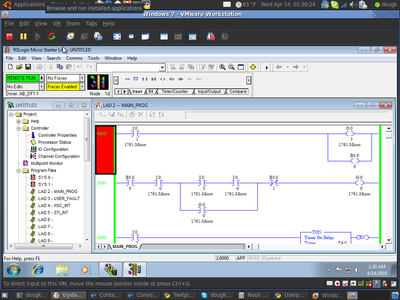As you may know, I do some hobbyist electronics repair. So far, I've been pretty successful, but the most recent endeavor in fixing a Mitsubishi projection TV with a high-voltage shutdown issue has been... interesting... In short, I found a company that claimed to be selling a "repair kit" (for way more than it was worth), and I said, eh, okay, if it gets things working, it's worth the cost. Well, what a mistake that was...
For your entertainment, here's the review I wrote after purchasing (and returning) a kit which didn't come close to matching up to the TV I have. In fact, $50 for 7 capacitors was... downright amusing. Oh well. So, let this be a lesson to everyone. If you're buying a cap kit, make sure you know what you're getting into. And, better yet, make sure they actually know what differences between models of TVs are.
First of all, the item I ordered, a "blinking light kit" for a Mitsubishi projection TV was a very expensive "capacitor kit." These aren't uncommon, and I was willing to pay the outrageous price for fewer than ten components that cost far less, assuming they did some work to identify common failures as they claimed. For reference, the components sent from reputable electronics distributors would probably cost on the order of $15 including shipping -- so, they've added some markup... and lots of it.
The order was shipped via First Class Mail, for about what Priority Mail flat rate costs ($7). When the order finally arrived, I was surprised to see the instructions asked me to remove a board which clearly did not exist on this particular model, and replace these nonexistent capacitors.
I decided to return the kit unused (if I'm paying $40 for something that clearly wasn't even researched, I didn't even want to waste the time with their tech support), and accepted the 20% restocking fee. They claim that "once an order ships a restocking fee applies to cover the non recoverable cost of shipping, order processing, parts research, kit build time, and refund processing time." While this may be reasonable, I've already paid for shipping separately (and as they claim, shipping isn't refundable, of course -- I wouldn't expect that). I may even accept that their research is valuable time -- but clearly they didn't research the model advertised (even a quick peek at the service manual would show that the board they describe doesn't exist). In addition, they have an unused kit which still can be resold.
In short, I would not advise purchasing from this company, unless you're desperate and not afraid of disappointment. They did ship the product and process my refund in a timely manner, so I can't fault them for that. Some of their components may be difficult to find through normal channels (but not capacitors, sorry!), so you may have no other choice. If you decide to do business with this company, they will take every last cent from you they can. As a final anecdote, after all their other high costs, the end of their tutorial even has the gall to ask for donations for the author of the tutorial... when in fact, nearly the exact same guide was found for free on other websites.

